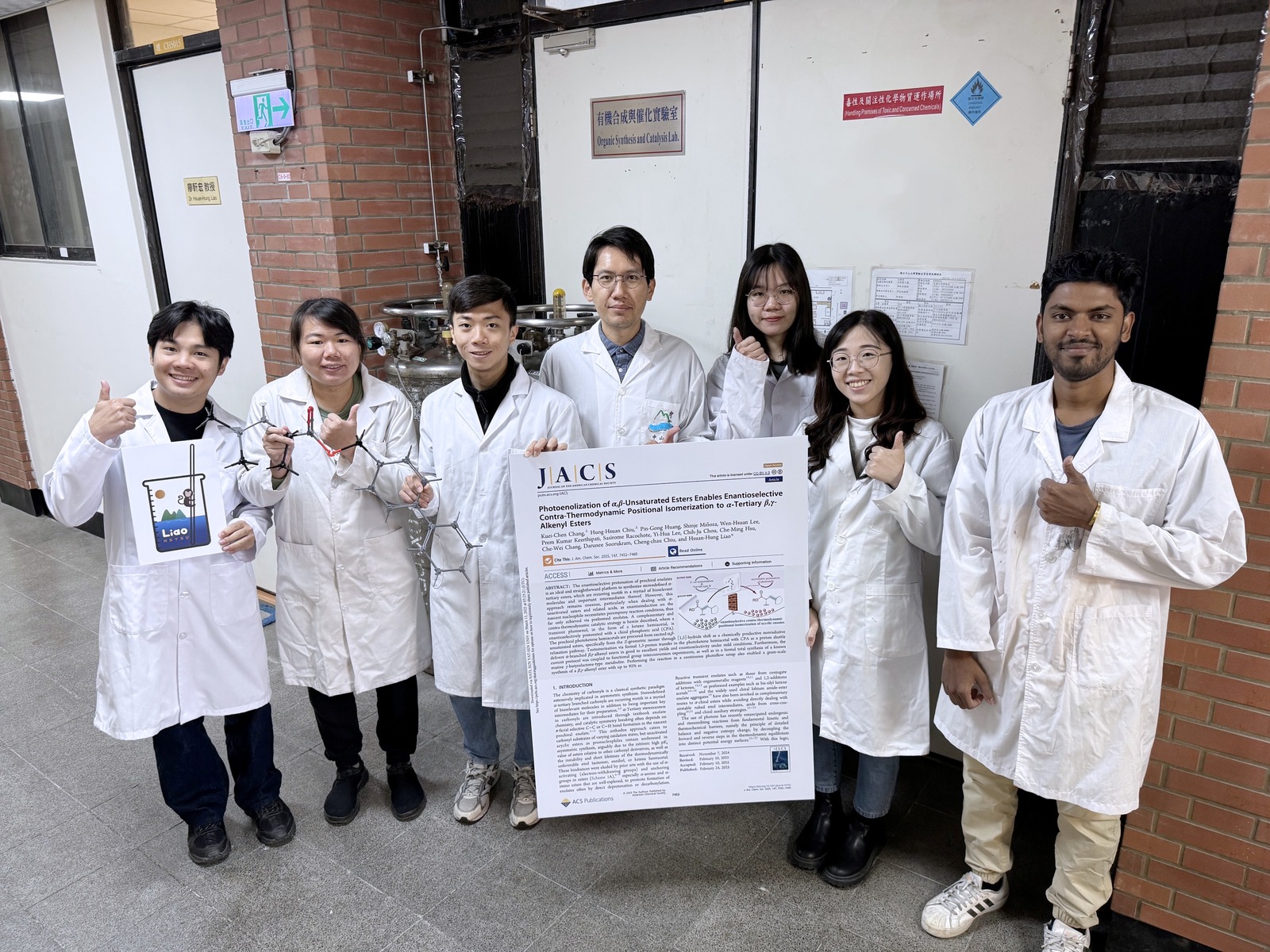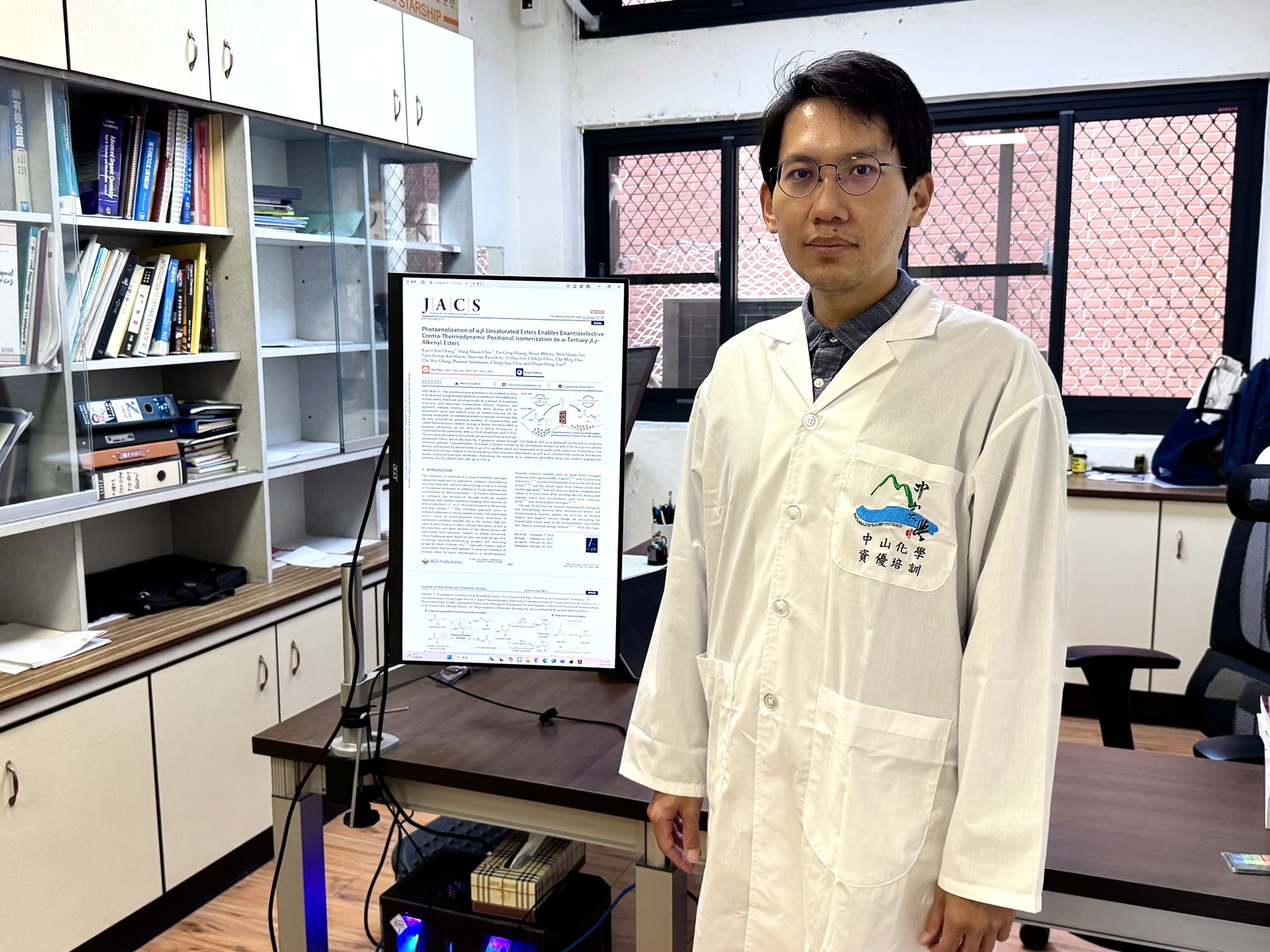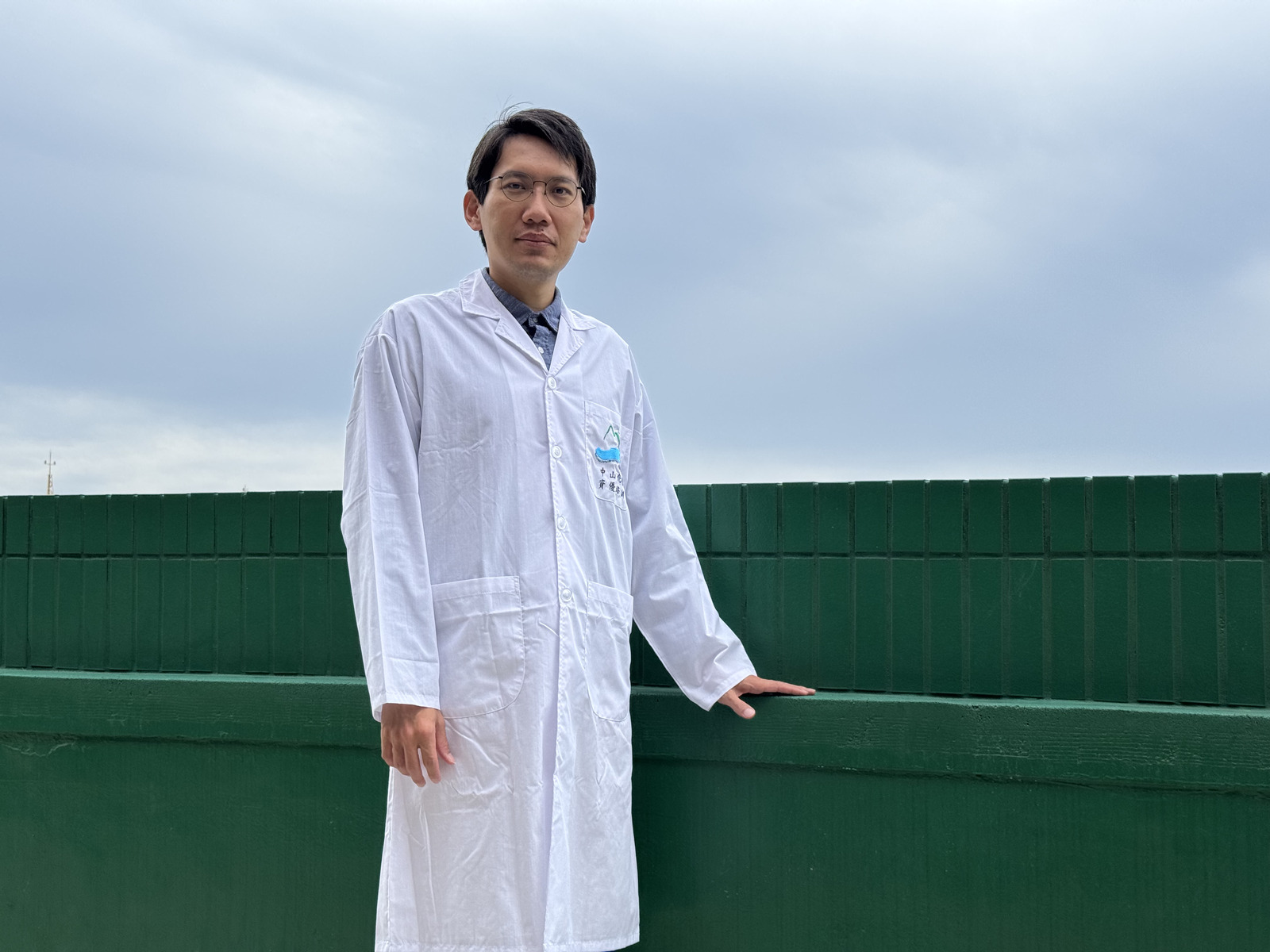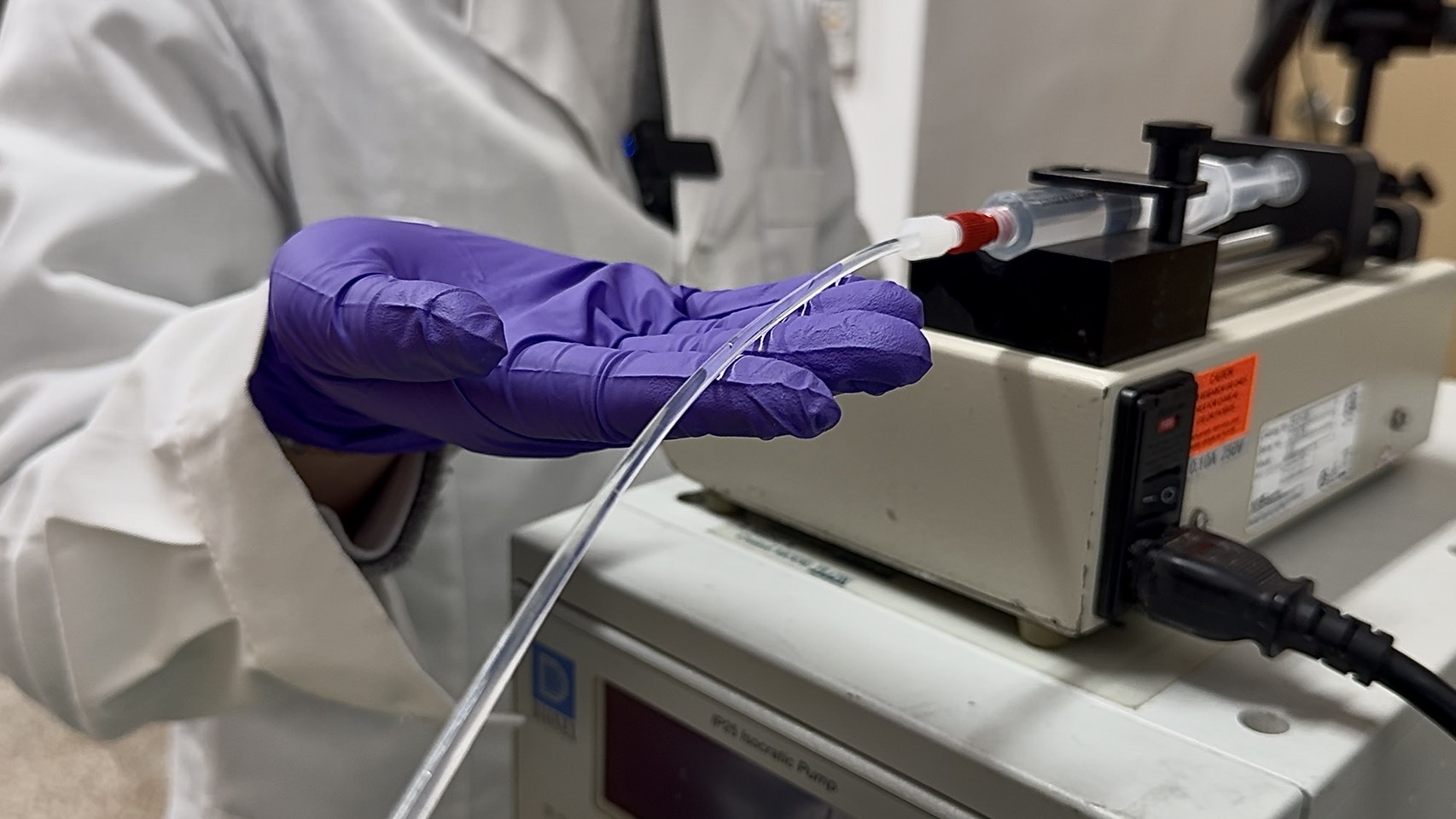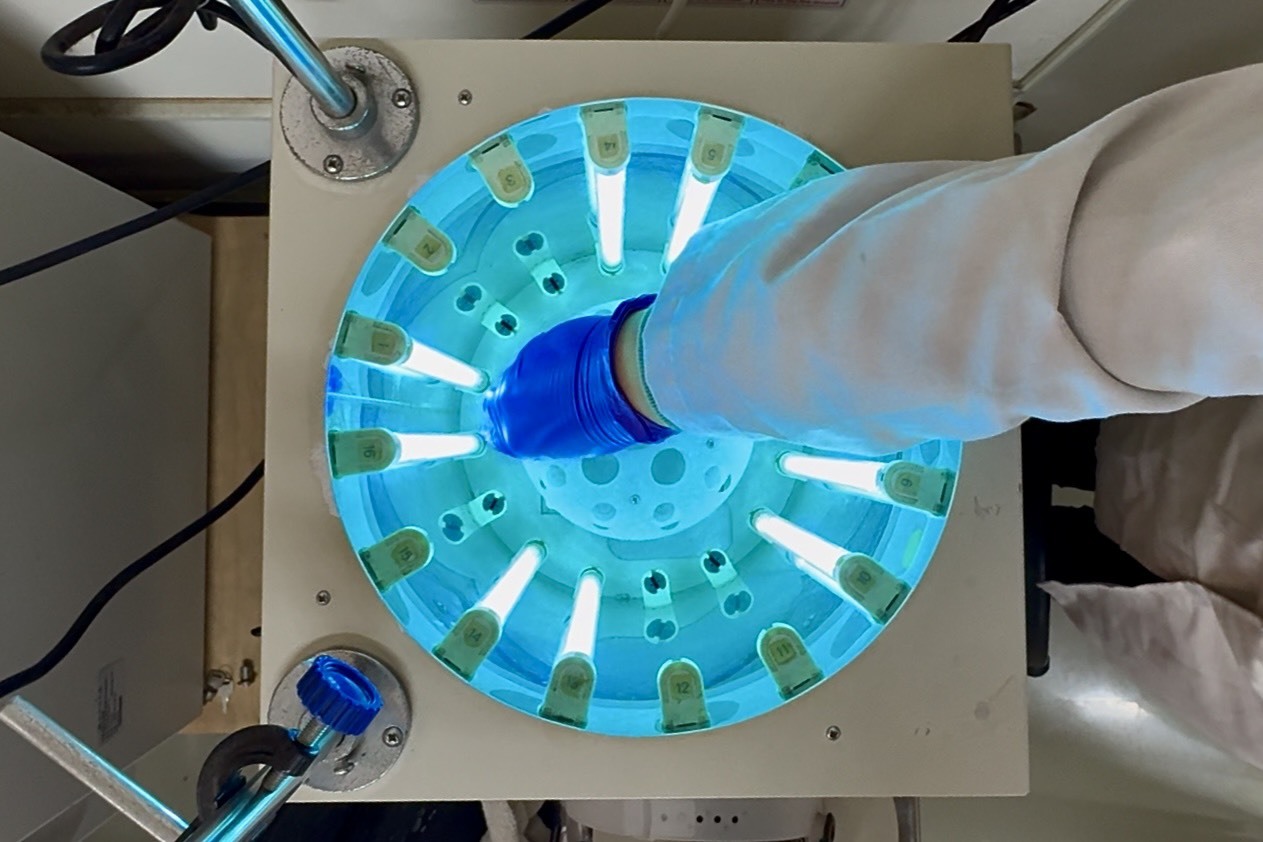A revolution of light: NSYSU accelerates preparation of potential Alzheimer's drug with publication in leading chemistry journal
2025-07-01
A research team led by Dr. Hsuan-Hung Liao, Associate Professor of the Department of Chemistry at National Sun Yat-sen University (NSYSU), has made a breakthrough in organic synthesis with the development of an innovative, energetically uphill reaction powered by photocatalysis. This eco-friendly and highly efficient photocatalytic reaction can potentially prepare a key intermediate of a probable drug for treating Alzheimer's disease. The team’s approach could boost production while significantly reducing costs to approximately one-fourth compared to conventional preparation methods. The groundbreaking study has been published in the prestigious Journal of the American Chemical Society (JACS).
Dr. Liao explained that according to fundamental chemical principles, molecules prefer to remain in low-energy or stable states, like an inclination for comfort. In preparing essential commodity chemicals, such as drugs, molecules require activation to high-energy or reactive states to drive chemical reactions. Forcing molecules into these unstable, reactive states traditionally requires strong bases, heavy metal catalysts, or heating at elevated temperatures. This could pose environmental burdens and operational challenges, leading scientists to seek more efficient, sustainable, and cost-effective methods to activate molecules. The NSYSU team's research offers an innovative solution to this enduring challenge, only with the power of light!
Conventional organic reactions primarily follow a "downhill" or energy-lowering strategy to obtain stable products. In contrast, Dr. Liao's team overturned this approach by using light to manipulate molecules via an "uphill" synthesis strategy, reminiscent of Taitung's famous "water running upward" phenomenon, which appears to defy nature. The team overcame thermodynamic barriers by applying photocatalysis to supply additional energy through light illumination. This enables molecules to reach high-energy states under mild conditions and drives them to participate in chemical reactions to form new low-energy compounds. By combining photocatalysis with chiral phosphoric acid (CPA) catalysis, a chemistry duly recognized with a Nobel Prize Award in 2021, significant in drug development, the team achieved even greater selectivity, obtaining specific enantiomers with high control and precision. This innovation allows the acquisition of high-value compounds or intermediates through the precise use of high-energy molecules for enantioselective chemical transformations. This method not only facilitates the production of an intermediate of a potential Alzheimer's disease medication but also enables the preparation of compounds with known antibacterial and anticancer properties.
This research may fundamentally change how pharmaceuticals are synthesized in the future, making drug manufacturing more efficient and environmentally friendly. It introduces a new type of organic reaction that can prepare compounds in a highly selective manner under mild conditions. By integrating continuous-flow technology and photochemical reactors, the team significantly scaled up the reaction, achieving gram-scale preparation of an example compound, increasing production efficiency by a factor of 1,000, and making the process more suitable for industrial applications. The publication of this research in the Journal of the American Chemical Society underscores its significant impact in chemistry.
Journal link: https://pubs.acs.org/doi/10.1021/jacs.4c15732
